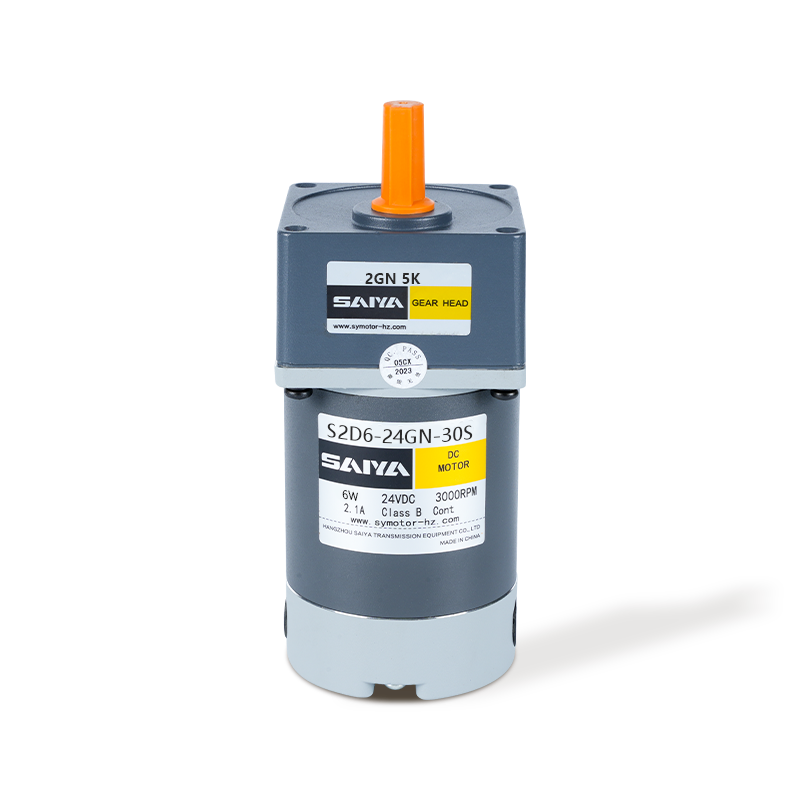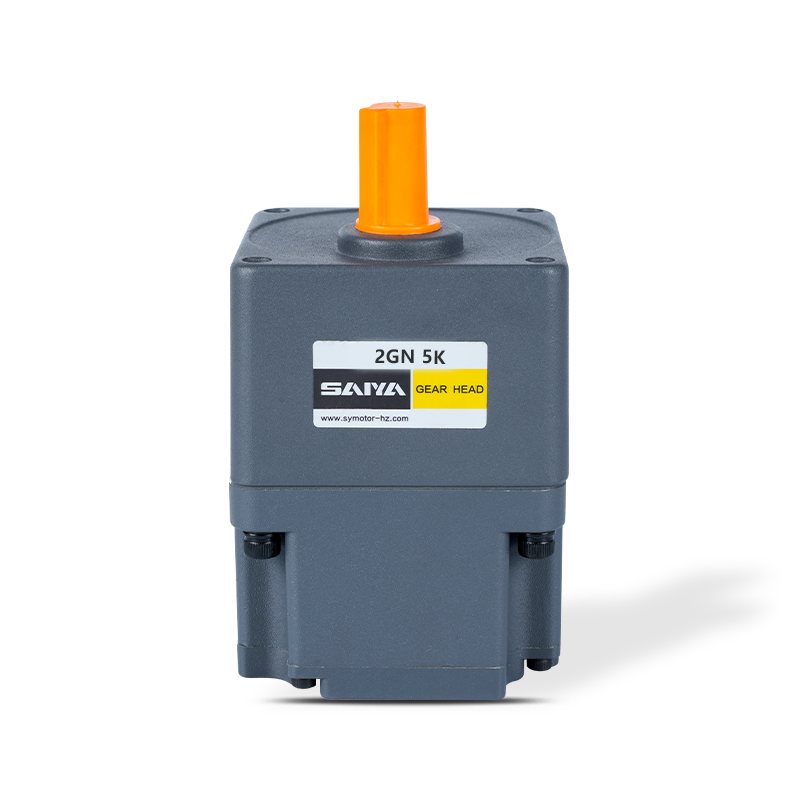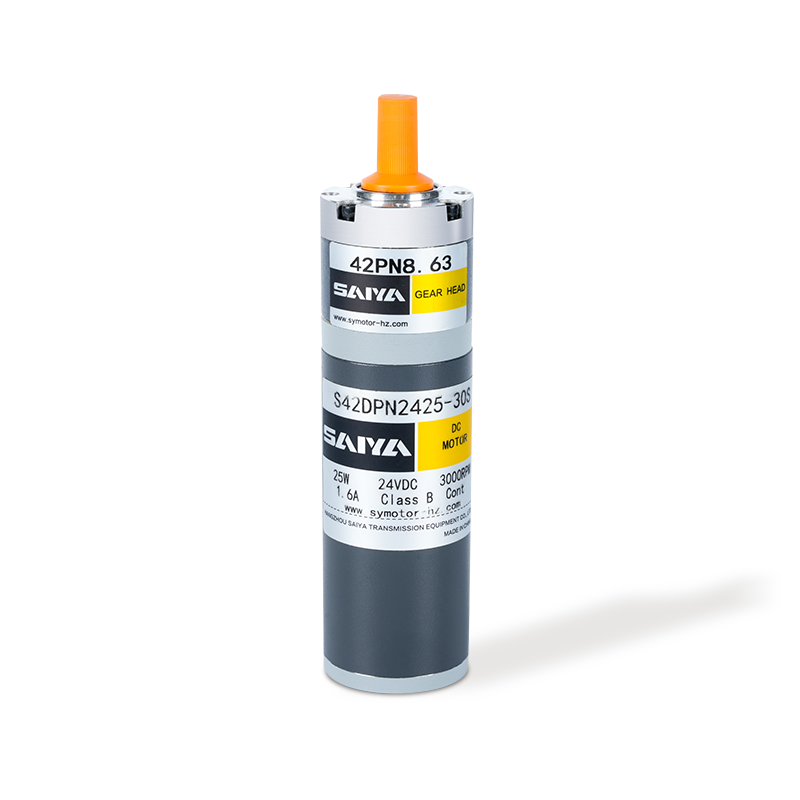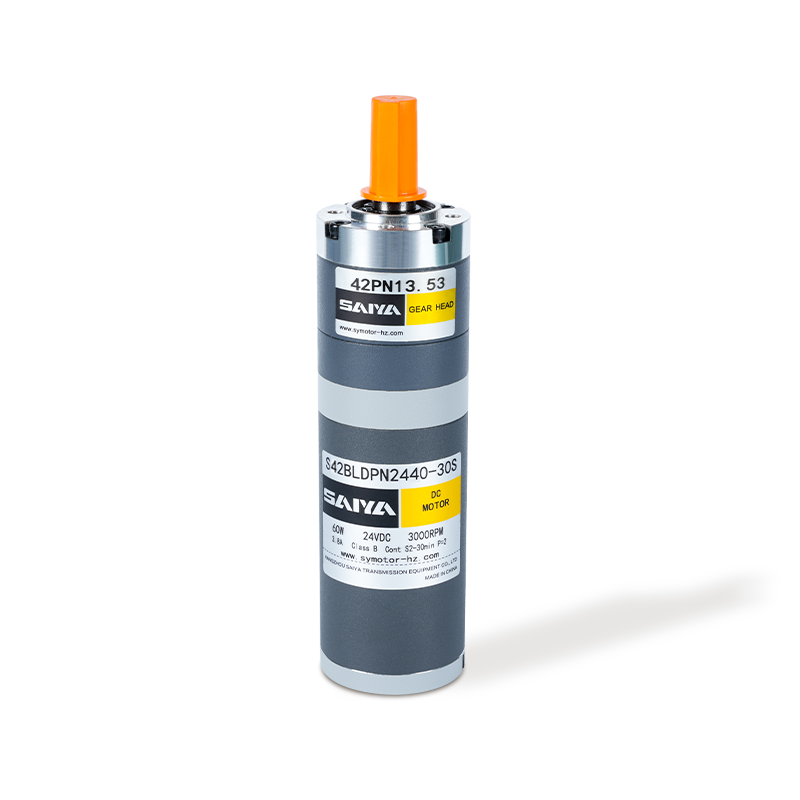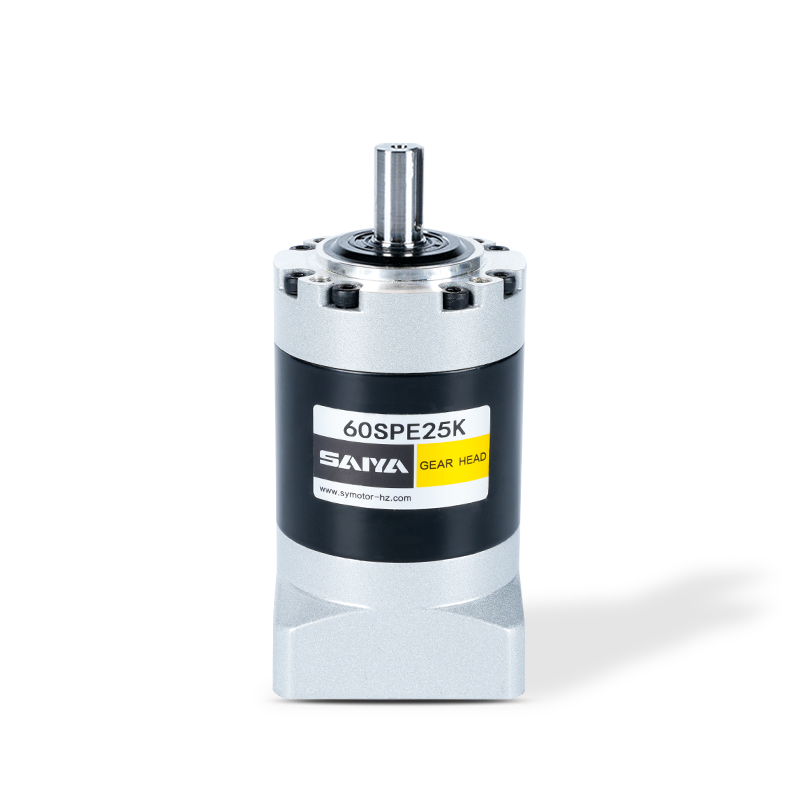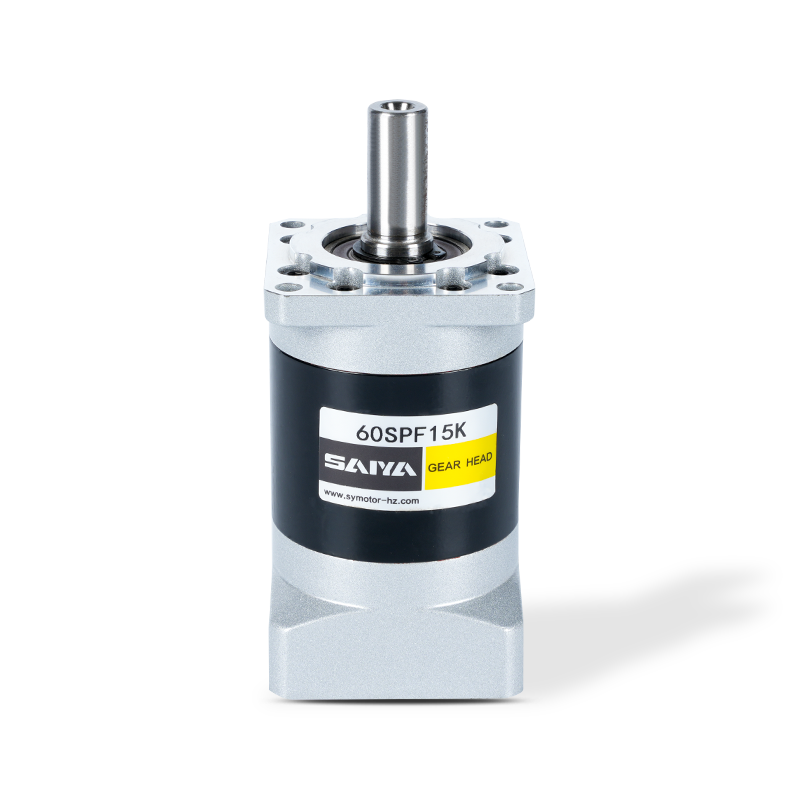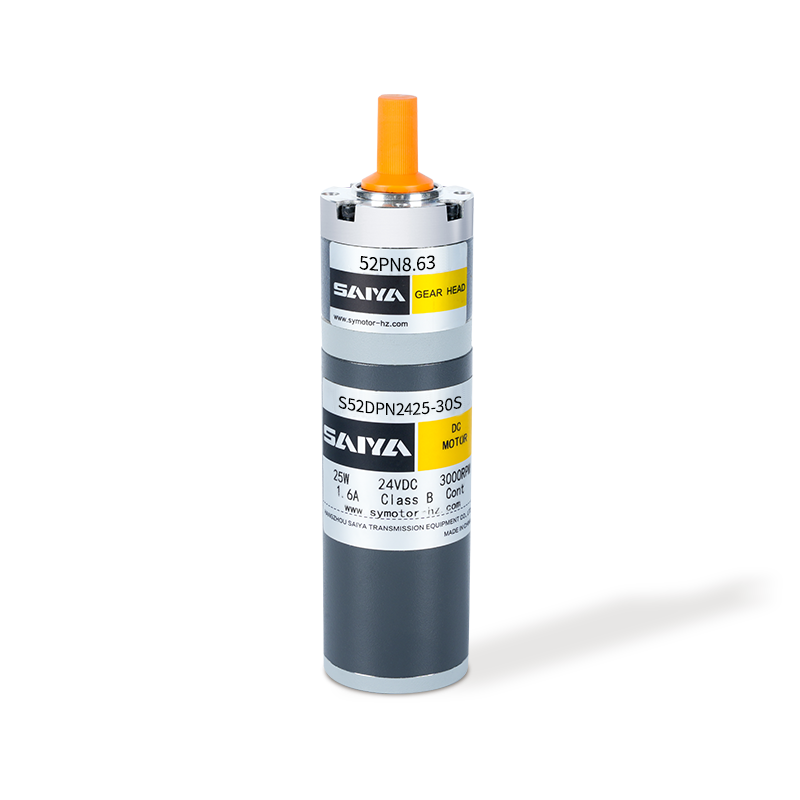Brush DC gear motor: a new exploration of precision power and wide application
In today's era of rapid technological development, the importance of motors as core components in the field of mechanical transmission is self-evident. Among the many types of motors, brushed DC gear motors have shown broad application prospects in many fields such as industrial automation, household appliances, and automobile manufacturing due to their unique advantages.
Brush DC gear motors are motor products that cleverly combine DC brush motors with gear reduction mechanisms. Its core parts include DC brush motors, gear reducers, and supporting control circuits. The DC brush motor efficiently converts DC power into mechanical energy through the built-in brush device, while the gear reducer achieves a reduction in speed and an increase in torque through multi-stage gear transmission. This structural design not only improves the transmission efficiency of the motor, but also greatly enhances its adaptability and stability.
The working principle of brush DC gear motors is based on brush commutation technology. When the motor is working, the brushes are in continuous contact with the commutator, and the rotation of the motor is controlled by changing the direction of the current. This process realizes the continuous operation and speed regulation function of the motor. The gear transmission system in the gear reducer further reduces the rotation speed of the motor and outputs greater torque to meet various precision transmission requirements. Through the carefully designed control circuit, users can easily achieve precise control of the motor speed, direction and torque.
Compared with other types of motors, brush DC gear motors have many significant advantages. Its low cost and relatively simple production process make the motor itself have a high cost performance. The motor starts quickly, brakes in time, and has a wide and smooth speed regulation range, which meets the use requirements under various complex working conditions. Although the friction between the brush and the commutator will produce certain electromagnetic interference and wear, the service life of the motor can be extended through reasonable maintenance and replacement of carbon brushes.
In terms of application areas, brush DC gear motors have shown strong adaptability and flexibility. In the field of industrial automation, it is widely used in robots, production line equipment, etc. as a driving component, which improves production efficiency and automation level. In household appliances, such as washing machines, vacuum cleaners and other equipment that need to adjust speed and torque, brushed DC gear motors also play an important role. In the field of automobile and machinery manufacturing, it is used to drive various rotating parts inside the vehicle, improving the reliability and safety of the vehicle.
With the rapid development of intelligent manufacturing and new energy vehicles, brush DC gear motors will usher in a broader market space. In the future, motor products will be more intelligent, efficient and environmentally friendly. On the one hand, by introducing advanced intelligent control technologies such as PLC control and adaptive control, the performance and stability of the motor can be further improved; on the other hand, the use of more advanced materials and production processes can reduce the energy consumption and noise of the motor and achieve green production.
With its unique structural characteristics, efficient working principle, significant advantages and broad application prospects, brush DC gear motors have become a shining pearl in the field of mechanical transmission. In the future development, it will continue to lead the trend of science and technology and contribute its own strength to the innovation and development of various industries.


 EN
EN  English
English 中文简体
中文简体 русский
русский Español
Español







